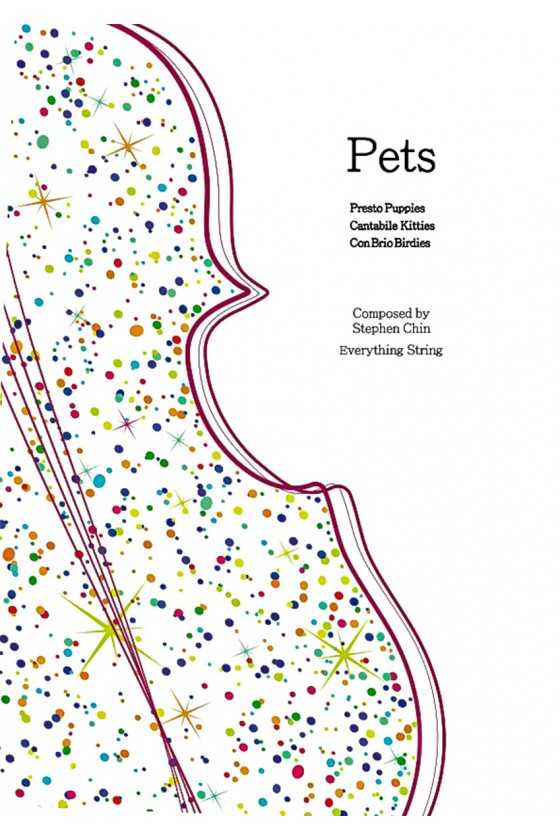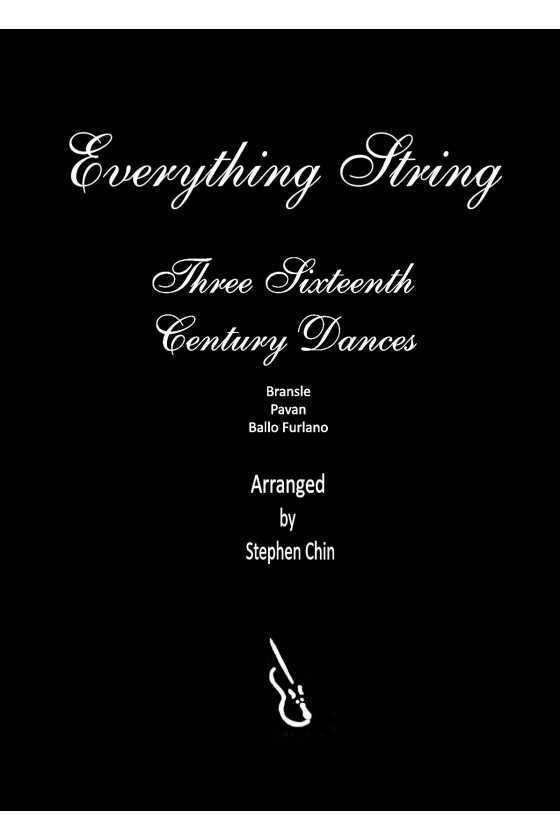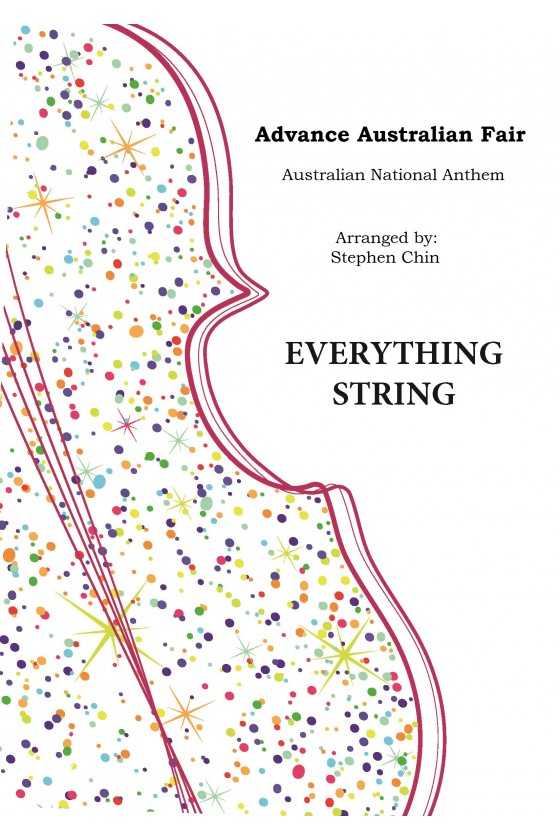Gobi Warriors By Stephen Chin
The warriors of the Gobi Desert were a force to be reckoned with, striking fear into the hearts of their enemies. Under the leadership of Genghis Khan, they rode across the vast plains of Mongolia into China, leaving behind a trail of destruction and chaos. This piece of music captures the essence of their journey, with its driving eighth notes, dissonant chords, and pounding melody painting a vivid picture of the might of these fearsome soldiers as they engage in battle.
The middle section of the piece offers a glimpse into the calmer side of these warriors. As they rest at night, the pentatonic mode conveys a sense of peace and tranquillity, a welcome respite from the chaos of war. But the calm is short-lived as the music builds up once again, and the warriors prepare to strike with renewed ferocity.
The work reaches its conclusion with a crescendo of sound as the warriors move mercilessly towards their next battle, fueled by their unbreakable spirit and unwavering determination. The music captures the essence of their bravery, their strength, and their unyielding spirit, making it a powerful tribute to these legendary warriors.















